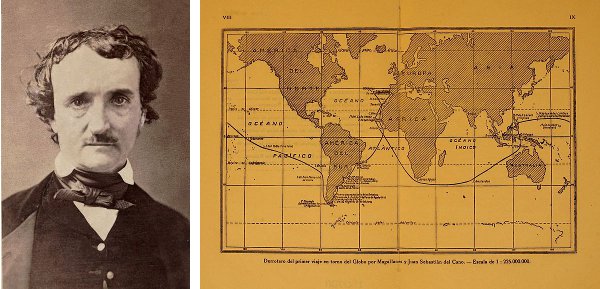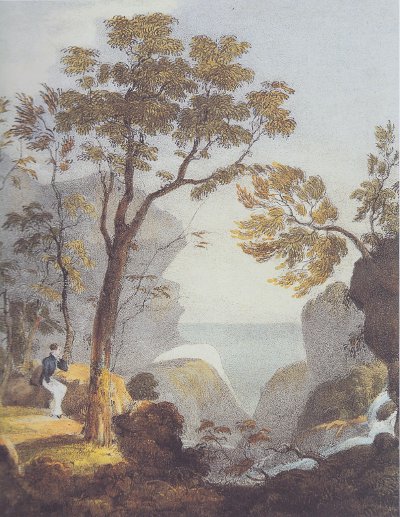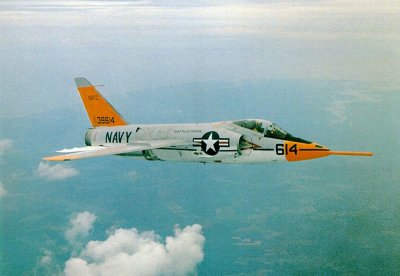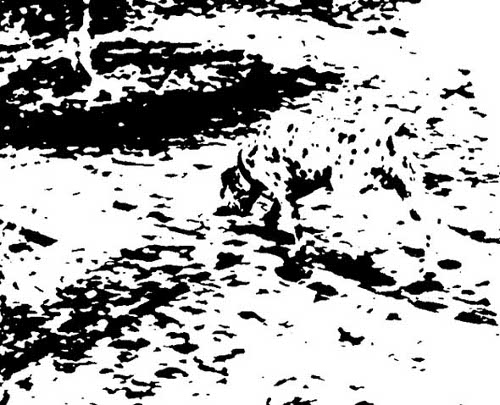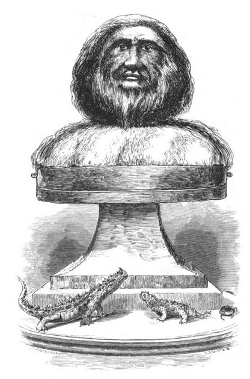
To demonstrate “the discovery which I had made of preparing specimens upon scientific principles,” eccentric naturalist Charles Waterton (1782-1865) created “The Nondescript,” a red howler monkey whose face he had manipulated into a semi-human cast.
“I have no wish whatever that the nondescript should pass for any other thing than that which the reader himself should wish it to pass for,” he wrote, rather elliptically. “Not considering myself pledged to tell its story, I leave it to the reader to say what it is, or what it is not.”
The specimen is preserved at the Wakefield Museum in West Yorkshire. Lost is a similar Waterton creation, “The English Reformation Zoologically Demonstrated,” a series of “portraits” of famous Protestants fashioned from preserved lizards and toads.
Such experiments could make Waterton seem unfeeling, but he was fundamentally more sympathetic with the wildlife of South America than the Georgian society to which he’d been born. He made this address to a sloth he surprised on the banks of the Essequibo in Guyana:
“Come, poor fellow. If thou hast got into a hobble to-day, thou shalt not suffer for it: I’ll take no advantage of thee in misfortune; the forest is large enough for both thee and me to rove in: go thy ways up above, and enjoy thyself in these endless wilds; it is more than probable thou wilt never have another interview with man. So fare thee well.”
(“I followed him with my eye till the intervening branches closed in betwixt us; and then I lost sight for ever of the two-toed Sloth. I was going to add, that I never saw a Sloth take to his heels in such earnest: but the expression will not do, for the Sloth has no heels.”)



